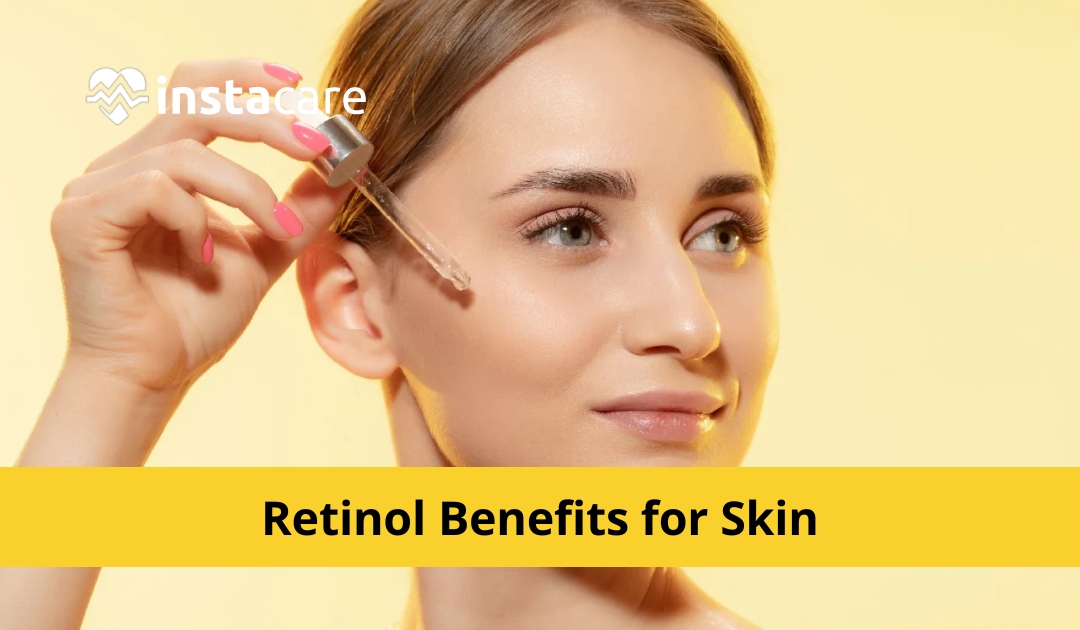
- Retinoids for Acne
- Retinoids for Wrinkles
- Retinoids for Psoriasis
- Retinoids for Warts
- Side Effects and Precautions
Retinoids: A Comprehensive Guide to Their Uses, Application, and Safety
Since the first retinoid was approved for acne treatment in 1971, these compounds have often been lauded as a “skin savior”—though they are far from a one-size-fits-all solution. That said, numerous retinoids have demonstrated proven efficacy for addressing specific skin concerns, making them a cornerstone of modern dermatological care.
Retinoids for Acne
If you struggle with moderate to severe acne that has not responded to other treatments, a retinoid may offer relief. When applied topically, retinoids work by unclogging pores—this not only clears existing blemishes but also enhances the absorption and effectiveness of other medicated creams or gels. They further reduce acne breakouts by preventing dead skin cells from accumulating and blocking pores. Over time, by clearing active acne and minimizing future flare-ups, retinoids may also help reduce the formation of acne scars.
Retinoid formulations (including creams, foams, and gels) target multiple drivers of acne: excess oil production, acne-causing bacteria, and inflammation.
How to Use
After washing your face, wait 20–30 minutes for skin to dry completely. Then, smooth a pea-sized amount of retinoid cream evenly over the affected areas once daily.
Key Considerations
When first starting a retinoid, you may experience temporary side effects such as skin redness, peeling, or a temporary worsening of acne. To minimize these reactions:
- Use the product every other day (instead of daily) until your skin builds tolerance.
- Mix the retinoid with a gentle moisturizer before application.
Retinoids for Wrinkles
Tretinoin was the first retinoid approved by the U.S. Food and Drug Administration (FDA) specifically for wrinkle treatment. This prescription-only retinoid works by:
- Boosting the production of new collagen, which improves skin elasticity and reduces the appearance of fine lines and deep wrinkles.
- Stimulating the growth of new blood vessels in the skin, lending a healthy, rosy complexion.
- Fading age spots and reducing actinic keratosis—precancerous lesions caused by long-term sun exposure.
- Offering mild protection against the future damaging effects of ultraviolet (UV) radiation.
Over-the-counter (OTC) retinoids (e.g., retinol) are less potent than prescription tretinoin and may not deliver the same wrinkle-reducing results. However, they can still improve the appearance of sun-damaged skin (e.g., dullness, rough texture). For enhanced smoothing effects, use OTC retinoids alongside products containing alpha-hydroxy acids (AHAs).
How to Use
Apply the retinoid to your face, neck, chest, hands, and forearms every other week initially. Gradually increase frequency as your skin tolerates it (under dermatological guidance, if possible).
Key Considerations
Patience is key: It typically takes 3–6 months of consistent use to see visible improvements in wrinkles, with optimal results appearing after 6–12 months.
Other prescription retinoids used for anti-aging include tazarotene and trifarotene.
Retinoids for Psoriasis
For individuals with psoriasis—a chronic autoimmune condition that causes scaly, inflamed patches—retinoids help by slowing the overproduction of skin cells (a hallmark of the disease).
How to Use
Apply a small dab of retinoid cream or gel directly to each psoriatic lesion once daily, preferably before bedtime. Retinoids are often used in combination with steroid treatments to enhance anti-inflammatory effects and improve symptom control.
Retinoids for Warts
Doctors may prescribe retinoids for wart treatment, particularly when other methods (e.g., cryotherapy, salicylic acid) have failed. Retinoids work by disrupting the abnormal cell growth that forms warts.
How to Use
Always follow your doctor’s specific instructions for application. Note that retinoid creams may need to be used consistently for several months before warts fully clear.
Key Considerations
Retinoids are often considered the most effective treatment for flat warts, especially those located on the back of the hands.
Side Effects and Precautions
While retinoids are highly beneficial for many skin conditions, they carry potential risks. Common side effects include:
- Dryness, itching, or irritation at the application site
- Changes in skin pigmentation (lightening or darkening)
- Increased sensitivity to sunlight
- More severe reactions (in rare cases): redness, swelling, crusting, or blistering
How to Minimize Risks
-
Prioritize Sun ProtectionRetinoids increase skin’s vulnerability to UV damage. Avoid prolonged sun exposure, especially between 10 a.m. and 2 p.m. (when UV rays are strongest). When outdoors:
- Apply a broad-spectrum sunscreen with an SPF of 30 or higher, and reapply every 2 hours.
- Wear protective clothing (e.g., long-sleeved shirts, pants, wide-brimmed hats).
-
Follow Dosage GuidelinesNever use more of the product or apply it more frequently than prescribed by your doctor or stated on the product label. Increasing usage will not enhance effectiveness but will significantly raise the risk of side effects.
-
Pair with MoisturizerUse a gentle, fragrance-free moisturizer alongside topical retinoids. This relieves dryness and irritation without interfering with the retinoid’s therapeutic effects.
-
Pregnancy WarningRetinoids are contraindicated for pregnant women or those planning to become pregnant, as they carry a risk of birth defects. If you are of childbearing age, discuss contraceptive measures with your doctor before starting retinoid treatment.





